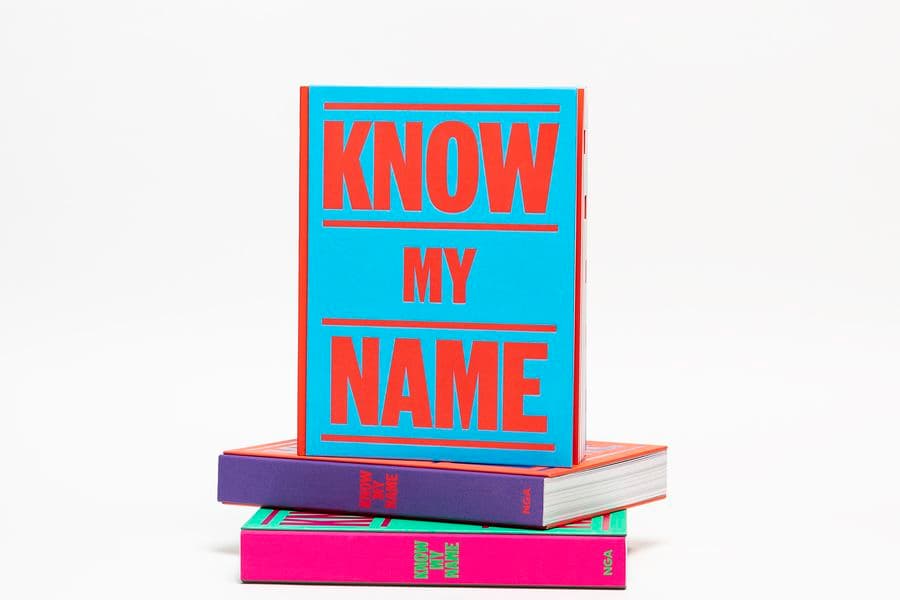Maree Clarke
Born 1961 (Matakupaat/Swan Hill, Victoria) YORTA YORTA/WAMBA WAMBA/ MUTTI MUTTI/BOON WURRUNG PEOPLEMaree Clarke by Kimberley Moulton
Excerpted from the Know My Name publication (2020).
The historical cultural belongings of First Peoples in museums and galleries carry the stories of Ancestors. Worn and used by warriors, these items were made by Aboriginal people who have thrived for tens of thousands of years and who skilfully created objects with hands that held countless generations of knowledge. There was, however, an interruption in these practices, a moment in time when the invasion of sovereign lands meant surviving and navigating oppressive colonial systems. In many cases, this caused First Peoples to unwillingly forego the physical practice of making, of speaking language and of ceremony, particularly in the southeast of Australia.
Although resting, these practices and cultural values were still present, waiting for people to awaken them. Maree Clarke is an artist who has transformed this space through her work reviving and developing contemporary forms that push ‘traditional’ notions of Indigenous objects and art. A Yorta Yorta/Wamba Wamba/Mutti Mutti/Boon Wurrung woman, Clarke grew up in northwest Victoria, mainly in Mildura, on the banks of the Murray River. Through her work she has revived the practice of traditional possum skin cloaks as well as kangaroo teeth necklaces, river reed necklaces and string headbands adorned with kangaroo teeth and echidna quills. Her practice is dynamic—she works in video and photography as well as painting and sculpture to remember the customary ceremonies, rituals and language of her Ancestors, family histories and Aboriginal Australia.
In Thung‑ung Coorang (Kangaroo teeth necklace) 2013 cultural continuity and ongoing Aboriginal practice are explored through the upscaling of a kangaroo teeth necklace. The work was largely inspired by Clarke’s desire to revive and reclaim objects from collections she researched at Museums Victoria and across the world, which the community often don’t have access to or know about. As Clarke says:
I went and did research in museums looking at our material cultural items, and I tend to learn the technique of making those objects and items and I like to supersize things, that is to make reference to Aboriginal people and knowledge and skills that are still around today … to supersize is to say we’re still here, it’s a presence, we are here … and to be able to pass that knowledge and skill onto the next generations to me is just the most important thing.(1)
To make Thung‑ung Coorang, Clarke and her family collected the items needed for its production, including kangaroo teeth from roadkill (only the two front teeth are used), ochres, leather, animal fats and wattle resin. Traditionally worn around the neck by select members of the clan, Clarke’s necklaces now sit along with other works in collections of museums and galleries across the world, as well as on her kitchen table and the walls of friends and family, testament to the strength of Clarke and her people, still here, still strong.
(1) Maree Clarke, Ancestral memory, video interview, University of Melbourne, 2019, at about.unimelb.edu.au/old-quad/learn/maree-clarke-onancestral-memory, accessed 15 November 2019.
Citation: Cite this excerpt as: Moulton, Kimberley. "Maree Clarke" in N Bullock, K Cole, D Hart & E Pitt (eds), Know My Name, National Gallery of Australia, Canberra, 2020, pp 76–77.
KIMBERLEY MOULTON is a proud Yorta Yorta woman and Senior Curator, South Eastern Aboriginal Collections, Museums Victoria, Melbourne.
